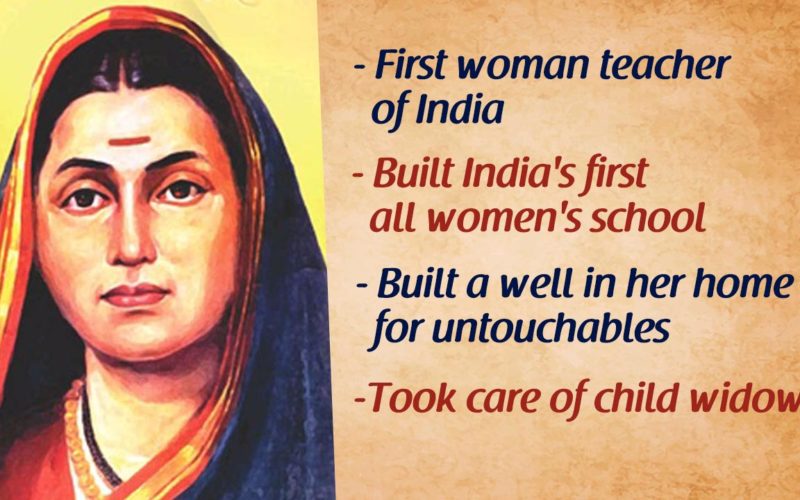- 49.7Kshares
- Share
- Tweet
- Facebook Messenger
The 1800s was a bad time for women to be born in India.
They would be married off even before puberty, education was out of bounds and because of mortality rates, most of them would become widows before they reached adulthood.
If it was a tough time to be a woman, it was almost impossible to be a woman who wanted to reform society. But Savitribai Phule was the first woman who led the campaign to make women’s lives better.
She knew what it was like to be in a child marriage as she was married off at the tender age of 9 years.
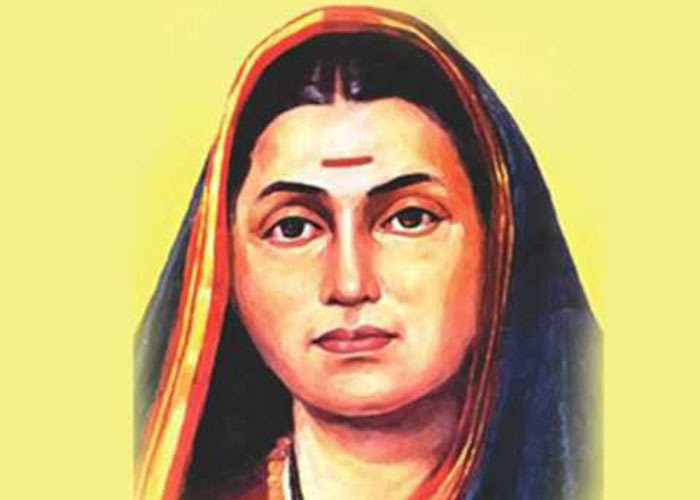
She was married off to Jyotiba Phule, a 13-year-old boy. She experienced child marriage first hand.
But luckily Jyotiba Phule turned out to be a progressive man. He taught Savitribai to read and write, to the point that Savitribai would write poems.
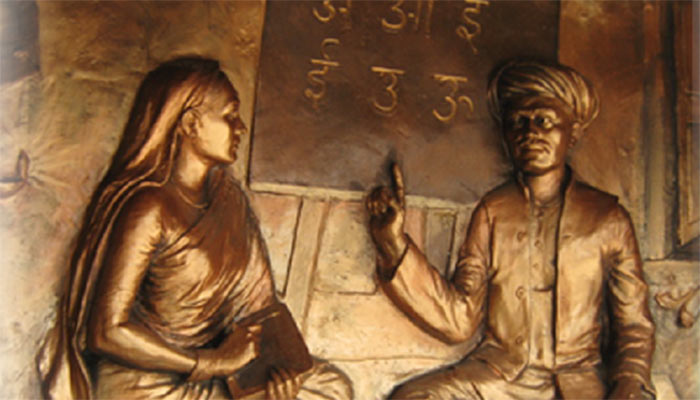
This would make her one of the few women at that time to be properly educated.
She understood what Jyotiba had done, and realized the power of teaching. She knew that if she wanted to change the lives of the other women in India, she would have to educate them.
And thus she became India’s first woman teacher and open the first school for girls in Bhide Wada in Pune
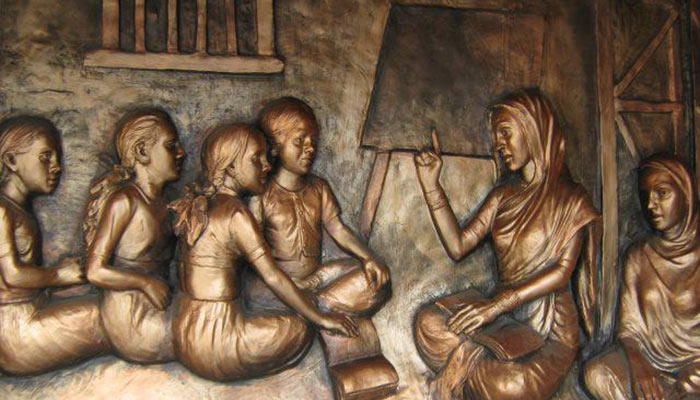
In her life, she opened 18 schools for women. She also became the first woman in India to become a headmistress
As she fought against child marriage, she also fought against the other social evils of that time like sati and caste discrimination.
Back then, the mortality rates were very high. It was common for people to die at a very young age. Because of this, child brides would often become child widows.
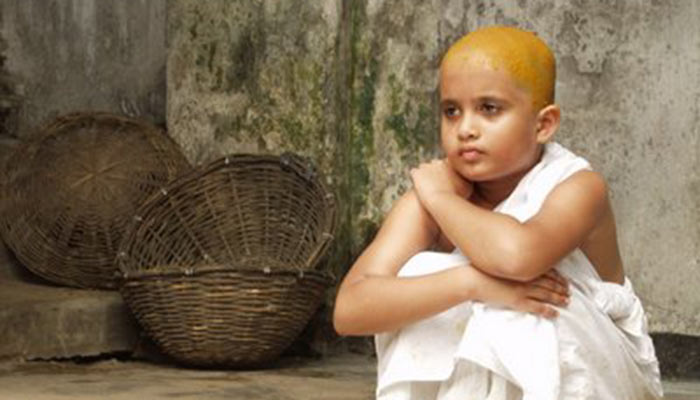
As a result, they were forced to shave their head and remain celibate throughout life. Because of their vulnerable nature, they were often sexually exploited and hence becoming victims of unwanted pregnancies.
Because of the social shame, these child widows would commit suicide. Savitribai went around and protested against the barbers so that the widows would not have their head shaved and hence protect them from being visibly vulnerable.
She opened a widow care centre called Balhatya Pratibandhak Griha in her own house to protect pregnant child widows from getting victimized by society.
She even opened a well inside her house so that “untouchables” could come and draw water
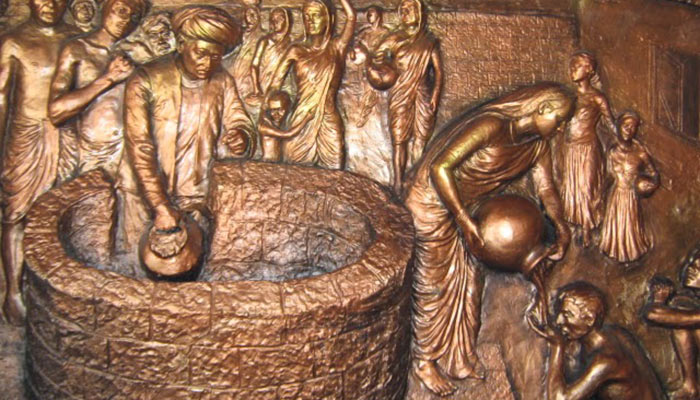
Because the zamindars who had wells would not let the untouchables from drawing water from their wells. This was a momentous decision since Savitribai was a daughter of a Patil (head of a village).
She faced a lot of hate and abuse from the orthodox society of that time.
And in the end, she died serving the people.
During the third pandemic of the bubonic plague, she opened a shelter for the sick with her son Yashwantrao. She treated the plague affected patients with utmost care.
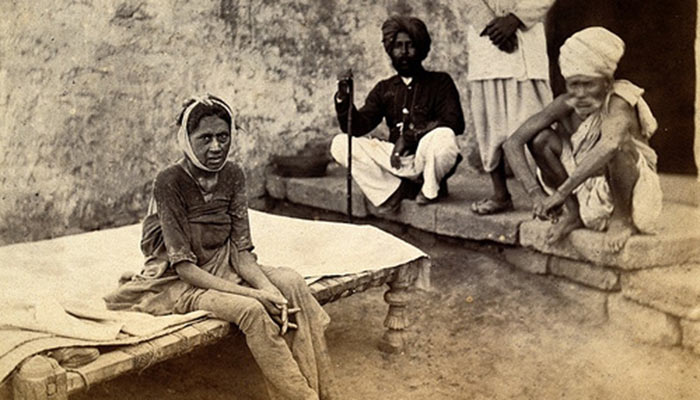
She contracted the disease herself while serving the sick and died on 10 March 1897 while serving a plague patient.
It took real guts to rally support for women’s rights back when women were not considered equal. They are still not considered now, but at least the law of the land says they are. Back then, Sati and child marriage was considered a part of the tradition.
And in this backwardness, a child bride from Pune had the guts to stand up and fight for not just female rights, but even for the socially maligned and the diseased and the untouchables.
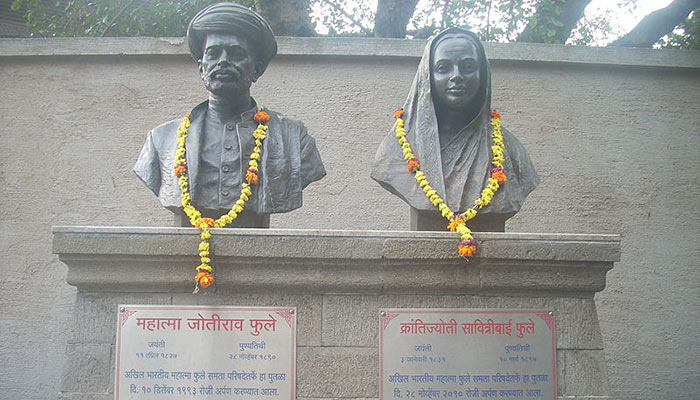
She may have been forgotten as a hero, but it is time we took cognizance of her bravery and courage to swim against the tide of patriarchy at a time when the current was the strongest.
Every girl born in India has Savitribai to thank.
#SuperWoman
Fact Sources – India Today, NDTV
- 49.7Kshares
- Share
- Tweet
- Facebook Messenger




